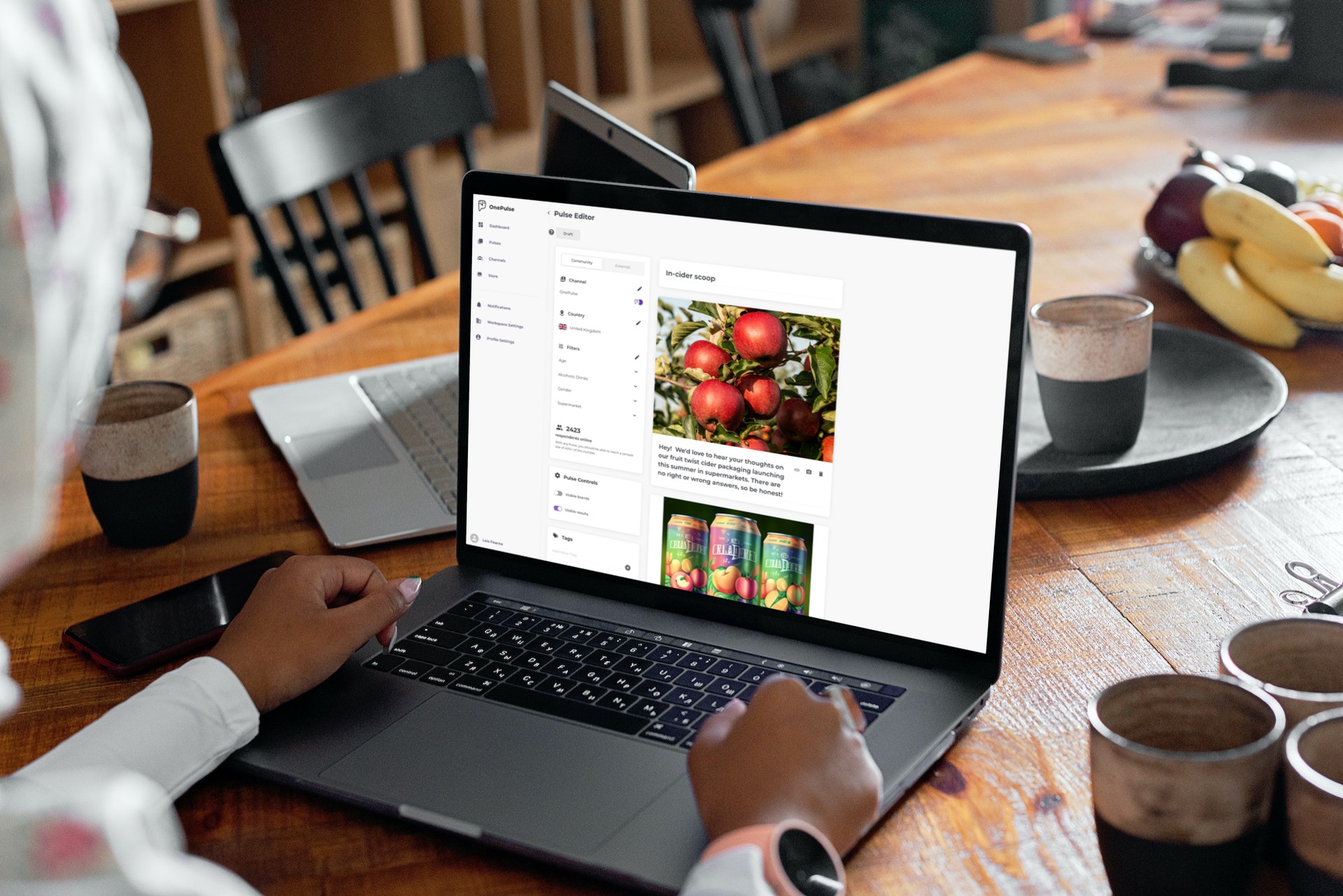How to Reap the Benefits of Respondent First Research
[…]

Your guide to making research and insights more human-centric
We, as an industry, are dependent on people’s willingness to provide us with their opinions. Yet, that privilege gets abused daily when survey lengths and designs only focus on the end goal in mind – the findings.
So how do we retrain ourselves to put the respondent first to ensure their full and honest participation, reaping sound, and reliable responses?
Recommended: 8 things your insights tool of choice should include
Below are some key factors to consider in every survey you run:
1. Survey Access
Am I making it easy for the respondent to respond?
In today’s world, it is more important than ever to meet the respondent where they are – which, more often than not, means on their phone! Making surveys optimized for mobile is great, but it needs to go beyond that, it needs to be delivered knowing they are in a mobile moment. It needs to be crisp, clean, and easy to answer.
2. Screening Criteria
Am I asking them questions, such as demographics, that I should already know about them?
If you have updated demographics, use your database data to pre-qualify them when possible. The more targeted your sample, the higher the incidence, and the more positive the experience it is for the respondent. As one respondent put it, “OnePulse is the best because it’s quick & straightforward & you don’t get rejected- always my first place to go.”
3. Survey Length
Am I creating respondent fatigue by trying to gather too much information at one time?
The shorter, the better. Think about how much more willing you are to fill in a customer satisfaction follow-up survey when you know it’s just three questions. And to that point, a series of micro-surveys may be as, if not more, productive then a single survey. Responses to a recent OnePulse study found that 67% of their members would instead complete a few pulses (up to 3 questions each) than participate in a 10+ minute survey.
4. Question Customization
Do my questions resonate like a real conversation?
Using information and responses from previous questions customizes the conversation, so the respondent feels heard.
5. Respondent Incentives
Do respondents feel fairly compensated?
Rewarding them with too much or too little can both have negative results. At companies like OnePulse, while the community is provided a reward for every interaction. When asked how OnePulse compares to other surveys, they have taken one community member said, “I like OnePulse because you can see how your answers compare to other members, unlike the other survey apps I use.”
Conclusion
By fully considering the respondent in your research, you will benefit from higher response rates and genuine answers to your surveys, providing you and your stakeholders dependable findings to help drive confident decisions.
Related posts

Why wait to hear what your customer is thinking?
It looks like your browser is set to
Click here to view the website in .







